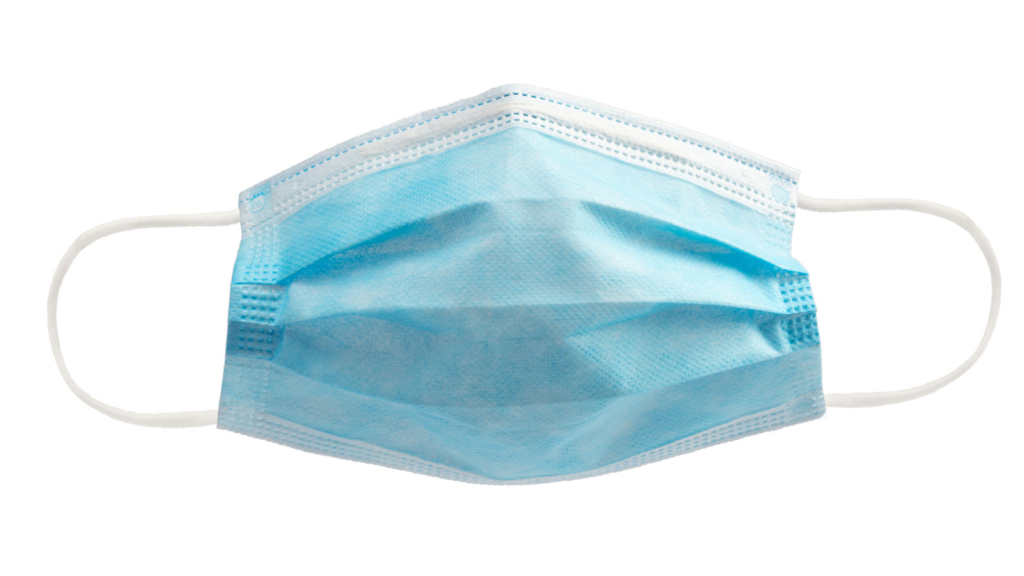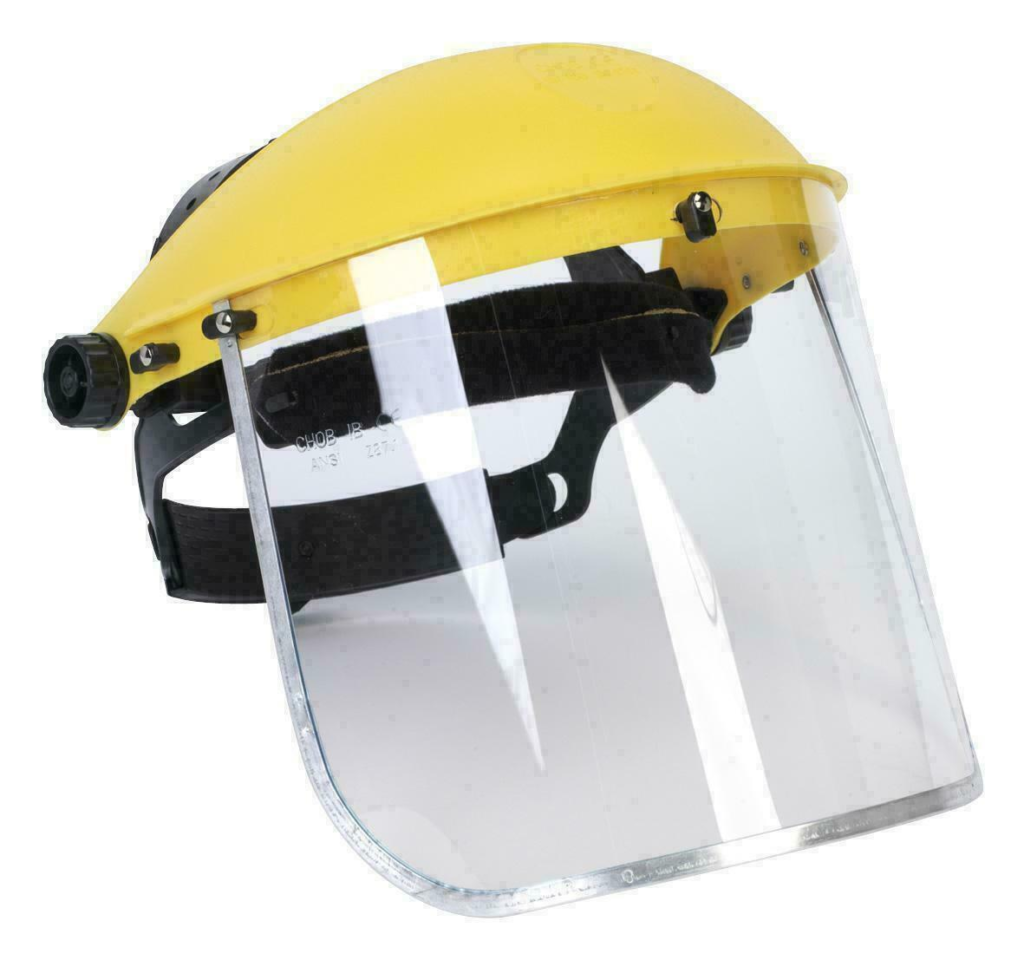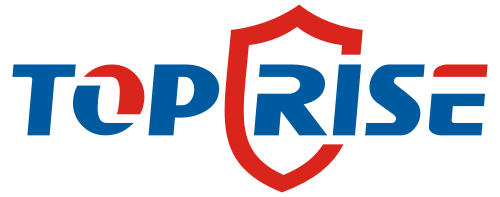Face mask manufacturers play a crucial role in providing protection against airborne viruses and pollutants. Amid the COVID-19 pandemic, face masks became essential for daily life. Meanwhile, face shields also gained popularity. Both items serve similar purposes but are different in terms of design, functionality, and applications. This blog explores various types of face masks, compares them to face shields, and highlights their applications.
Types of Face Masks
Face masks come in various types, each designed for specific protection levels and purposes. The most common types include:
Surgical Masks: These are disposable and used widely in medical settings. They filter out large particles but do not provide a tight seal.
N95 Masks: N95 masks offer high filtration efficiency, blocking out 95% of airborne particles. These masks are essential in high-risk environments.
Cloth Masks: Cloth masks are reusable and made from various fabrics. Though less effective than N95 masks, they provide a basic level of protection.
KN95 Masks: KN95 masks are similar to N95s but adhere to Chinese standards. Many face mask manufacturers in China produce these masks.
Dust Masks: Designed for non-medical use, dust masks protect against particulate matter like dust, smoke, and other allergens.
Face mask suppliers distribute these different types based on the needs of specific industries, such as healthcare or construction.

Face Mask vs. Face Shield: A Detailed Comparison
Face masks and face shields both protect the wearer but in distinct ways. Let’s compare these two protective items based on their design, function, and protection level.
Design:
Face masks cover the nose and mouth, often made of fabric or medical-grade materials.
Face shields are large, transparent panels that cover the face, extending from the forehead down to the chin.
Protection:
Face masks primarily filter airborne particles, preventing the spread of droplets.
Face shields, on the other hand, protect the face from droplets, splashes, and other external elements but do not filter out airborne particles effectively.
Comfort:
Face masks fit snugly on the face, which can cause discomfort for extended wear.
Face shields are more comfortable as they don’t touch the face directly. However, they may fog up or be bulky for some wearers.
Filtration vs. Barrier:
Face masks, especially N95 and surgical masks, are ideal to filter out viruses and bacteria.
Face shields act as a physical barrier, preventing particles from reaching the face but offering no filtration.
Usage in Different Settings:
Face masks are popular in medical environments and public spaces where airborne transmission is a concern.
Face shields are typically used in medical settings during procedures that may generate sprays or splashes. They are also used in manufacturing, where workers need face protection but are less concerned with airborne particles.
Face mask manufacturers and suppliers typically produce masks with specific uses in mind. Surgical masks and N95s are popular for healthcare workers, while cloth masks are more commonly seen in everyday use.
Applications of Face Masks and Face Shields
Both face masks and face shields serve crucial roles in preventing the spread of viruses, but their applications differ in many aspects.
Face Masks:
Healthcare Settings: Face mask manufacturers produce masks specifically for healthcare workers. These masks protect both the wearer and the patients from potential contamination.
Public Use: Face masks became a common sight in public areas during the COVID-19 pandemic. They help reduce the spread of respiratory droplets.
Travel: Many airlines require face masks for passengers and crew to reduce the risk of transmission.
Occupational Safety: Industries such as construction and manufacturing often require workers to wear masks to protect against dust, fumes, and other airborne hazards.
Face Shields:
Medical Applications: In medical procedures, face shields protect against blood splashes, bodily fluids, and airborne particles that may be generated during surgery or diagnostic procedures.
Food Service and Hospitality: In the food industry, face shields offer protection while also allowing workers to interact with customers.
Educational Settings: Teachers and students in schools have also started using face shields for additional protection while maintaining visibility for communication.
Retail and Customer Service: Employees in stores and restaurants wear face shields to maintain a barrier between themselves and customers while offering more facial visibility than masks.
In certain industries, face mask suppliers offer both face masks and shields, allowing businesses to choose the best protective gear for their specific needs.

Conclusion
Face mask manufacturers and face shield suppliers both offer essential protection against various health risks. While face masks are better suited for filtering airborne particles, face shields provide a visible barrier against splashes and droplets. Understanding the differences between these two items is important for choosing the right protection for various applications. Whether in a healthcare setting, public space, or workplace, both face masks and face shields have proven to be indispensable tools in the fight against airborne diseases and environmental hazards.
As the world adapts to new health challenges, the demand for face masks and shields continues to rise. Face mask manufacturers and suppliers will play an essential role in meeting these needs by providing the necessary protective gear.


